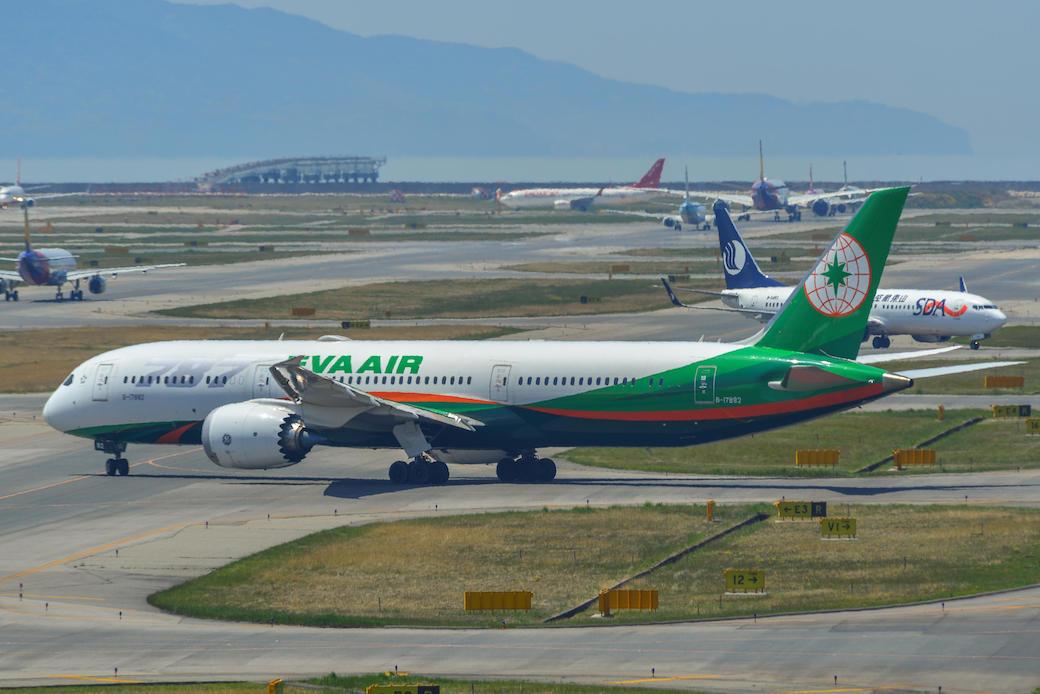
Credit: Alamy Stock Photo
VIENNA—Taiwan's EVA Air reports strong demand on its European network and says that the cost of operating these routes has become more competitive. Like its local rival China Airlines, EVA has not been allowed to take the most direct route—over mainland China—from Taiwan to Europe. But EVA now sees...
Subscription Required
This content requires a subscription to one of the Aviation Week Intelligence Network (AWIN) bundles.
Schedule a demo today to find out how you can access this content and similar content related to your area of the global aviation industry.
Already an AWIN subscriber? Login
Did you know? Aviation Week has won top honors multiple times in the Jesse H. Neal National Business Journalism Awards, the business-to-business media equivalent of the Pulitzer Prizes.





